Temple Scooby Snacks Mushroom
$71.00 Original price was: $71.00.$70.00Current price is: $70.00.
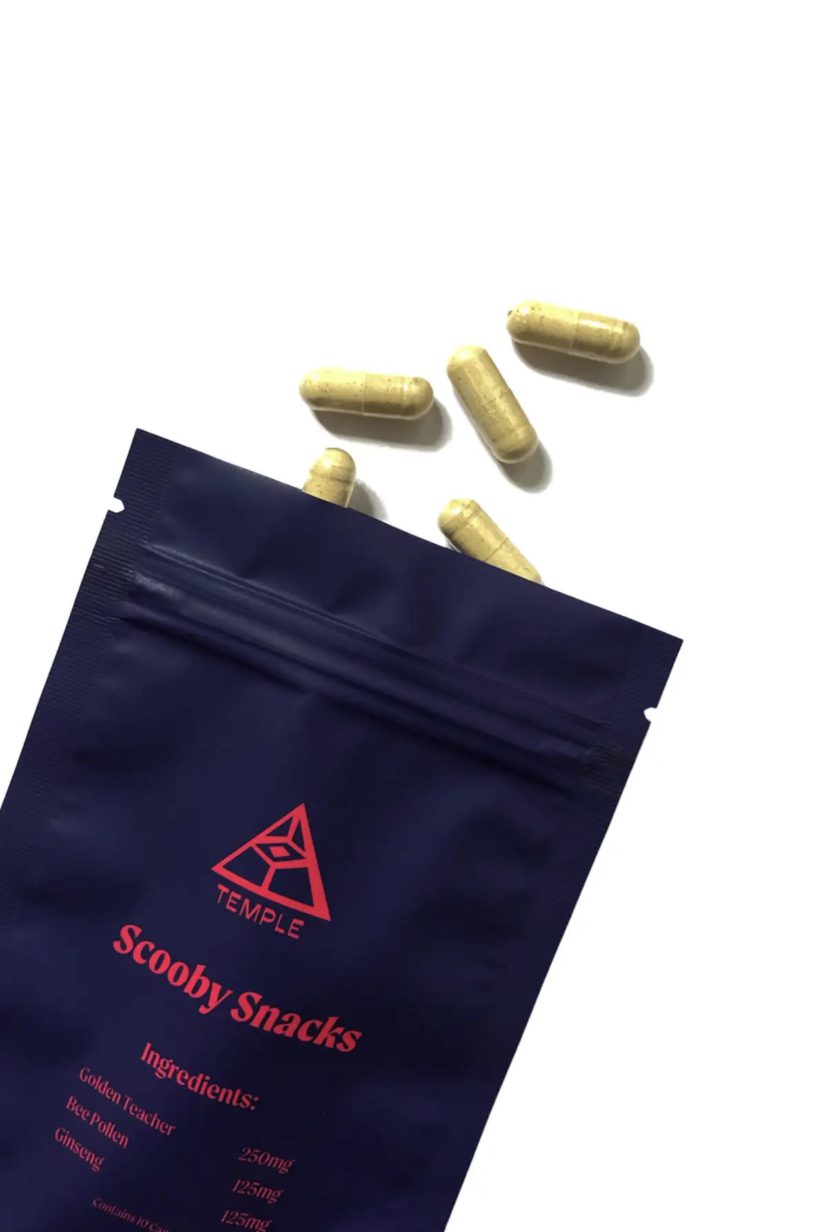
Temple Scooby Snacks mushroom are believed to have medicinal properties
Temple Scooby Snacks Mushroom
Description. Click Here! to join our telegram
“Mushroom Party Capsules” typically refer to capsules that contain psychedelic mushrooms, such as magic mushrooms or other types of mushrooms containing the compound psilocybin. These capsules are often marketed and used for recreational or social purposes Magic mushrooms have been used for centuries for their hallucinogenic properties and are known to induce altered states of consciousness.
The capsules are designed to provide a convenient and controlled way of consuming the mushrooms, as they contain a measured dose of the psychedelic substance.
Buy Temple Scooby Snacks Mushroom
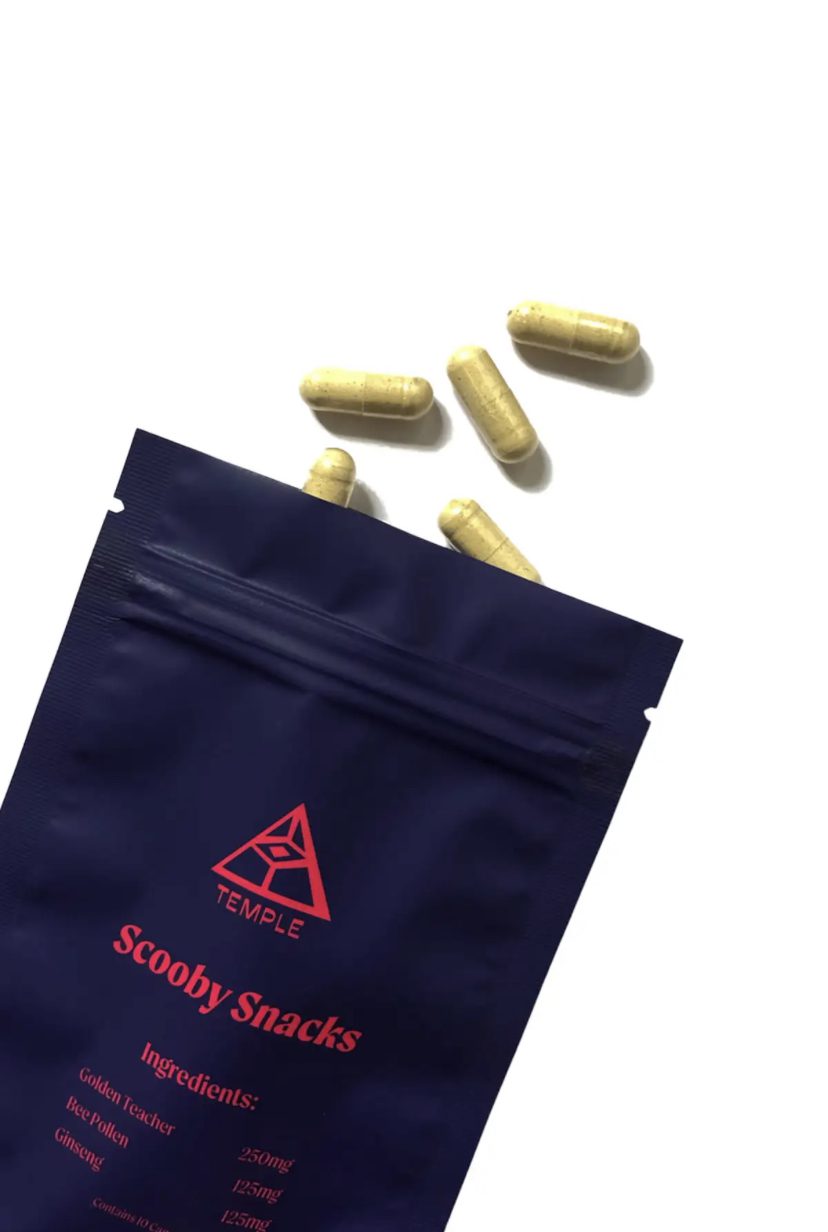
It’s important to note that the use of psychedelic substances, including magic mushrooms, carries certain risks and potential effects. These effects can vary widely among individuals, and they may include hallucinations, changes in perception, altered mood, and introspective experiences.
order Temple Scooby Snacks Mushroom
If you are considering trying Temple Scooby Snacks mushroom or any similar product, it’s crucial to approach them with caution. Research the product, its ingredients, and the reputation of the company behind it. Additionally, be aware of the legal status of psychedelic mushrooms in your jurisdiction, as they may be classified as controlled substances and subject to legal restrictions.
It’s always recommended to consult with a healthcare professional before consuming any substances with potential psychoactive effects. They can provide personalized advice, inform you about potential risks or interactions with medications or pre-existing medical conditions, and help you make informed decisions based on your specific circumstances.
Discover Temple Scooby Snacks Mushroom
Effect on Temple Scooby Snacks Mushroom
The effects of consuming Temple Scooby Snacks mushrooms can vary greatly depending on the specific species of mushroom ingested. Mushrooms can fall into different categories such as edible, medicinal, toxic, or psychoactive. Here’s a general overview of the effects associated with different types of mushrooms:
1. Edible Mushrooms:
Edible mushrooms are safe for consumption and are commonly used in cooking. They typically provide nutritional benefits and can vary in taste, texture, and aroma. Some popular edible mushrooms include button mushrooms, portobello mushrooms, shiitake mushrooms, and oyster mushrooms.
2. Medicinal Mushrooms:
Temple Scooby Snacks mushroom are believed to have medicinal properties and have been used in traditional medicine for centuries. Examples include reishi mushrooms, lion’s mane mushrooms, chaga mushrooms, and cordyceps mushrooms.
These Temple Scooby Snacks mushroom are often consumed as dietary supplements and may have potential health benefits, such as boosting the immune system or promoting cognitive function. However, it’s important to note that scientific research on the medicinal effects of mushrooms is ongoing.
3. Toxic Mushrooms:
There are numerous toxic Temple Scooby Snacks mushroom that can cause adverse effects if ingested. These mushrooms can vary in toxicity, and some species can even be fatal. It’s crucial to be extremely cautious when foraging and consuming wild mushrooms, as misidentification can have serious consequences. It’s recommended to rely on expert mycologists or reputable sources when identifying wild mushrooms.
4. Psychoactive Mushrooms:
Certain mushrooms contain psychoactive compounds, such as psilocybin, which can induce hallucinogenic effects. These mushrooms are commonly known as “magic mushrooms” or “psilocybin mushrooms.” The effects of consuming psychoactive mushrooms can vary depending on the dosage, individual sensitivity, and set and setting.
They can produce altered perceptions, changes in mood, and profound spiritual or introspective experiences. It’s important to note that the use of psychoactive mushrooms is illegal in many jurisdictions, so it’s crucial to be aware of the legal status in your location.
It’s essential to exercise caution and proper identification when consuming mushrooms. If you’re unsure about the effects or safety of a particular mushroom species, it’s best to consult with experts or refer to reliable sources for accurate information.
How is Temple Scooby Snacks mushroom produced?
Mushrooms are fungi that grow from spores. The process of mushroom production, also known as mushroom cultivation or farming, involves several stages. Here’s a general overview of how mushrooms are produced:
1. Spawning:
The first step in mushroom production is obtaining mushroom spawn. Spawn is a vegetative mycelium culture of the desired mushroom species. It is usually grown on a sterilized substrate such as grains (e.g., rye or wheat) or sawdust. The spawn serves as the inoculum for mushroom cultivation.
2. Substrate Preparation:
Once the spawn is ready, the next step is to prepare the substrate. The substrate is the material on which the mushrooms will grow. Common substrates include various agricultural waste products like straw, wood chips, sawdust, or composted materials. The substrate is often pasteurized or sterilized to eliminate competing organisms and create favorable conditions for mushroom growth.
3. Spawning the Substrate:
In this stage, the spawn is mixed thoroughly with the prepared substrate. The spawn is distributed evenly throughout the substrate to ensure uniform colonization.
4. Incubation:
After spawning, the inoculated substrate is placed in a controlled environment, typically in a dark and humid room or chamber. This stage is called incubation, during which the mycelium of the mushroom colonizes the substrate. The temperature and humidity levels are carefully regulated to promote mycelial growth.
5. Casing:
Once the substrate is fully colonized by the mycelium, a layer of casing material is applied on top. Casing helps create a favorable microclimate for fruiting and provides additional nutrients. Common casing materials include peat moss, vermiculite, or a mixture of both.
6. Fruiting:
After casing, the substrate is transferred to a fruiting chamber or room where environmental conditions such as temperature, humidity, and light are carefully controlled. This stimulates the mushrooms to develop and grow. Mushrooms typically emerge from the casing layer as small pinheads and continue to grow into mature mushrooms over time.
7. Harvesting:
When the mushrooms reach the desired size and maturity, they are harvested by hand. Mushrooms are typically cut or twisted off at the base to ensure the mycelium remains intact for subsequent flushes or harvests.
8. Post-Harvest and Repeat Cycles:
After harvesting, the remaining substrate can often produce additional flushes or crops of mushrooms. The process of mushroom production can involve multiple cycles of substrate preparation, spawning, incubation, casing, fruiting, and harvesting.

It’s important to note that different mushroom species may have specific requirements and variations in the cultivation process. Commercial mushroom cultivation can be done on a small scale or large scale, depending on the intended production level and market demand. Overall, mushroom cultivation requires attention to detail, proper environmental control, and understanding of the specific requirements of the mushroom species being grown.
Reviews
There are no reviews yet.
Related products
Mushroom Products
Mushroom Products
Mushroom Products
Mushroom Products
Mushroom Products
EDIBLES

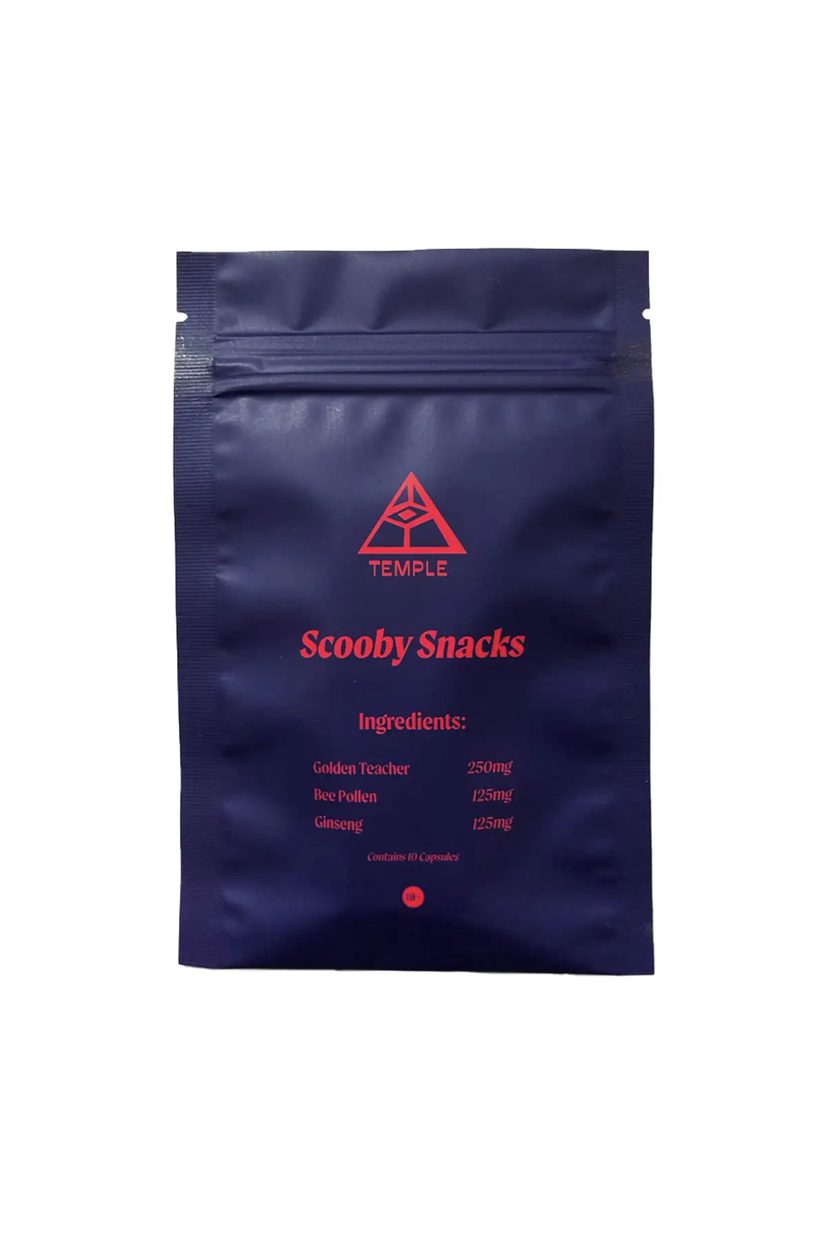

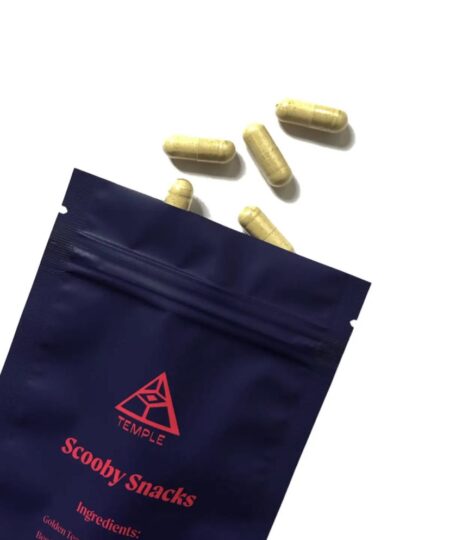
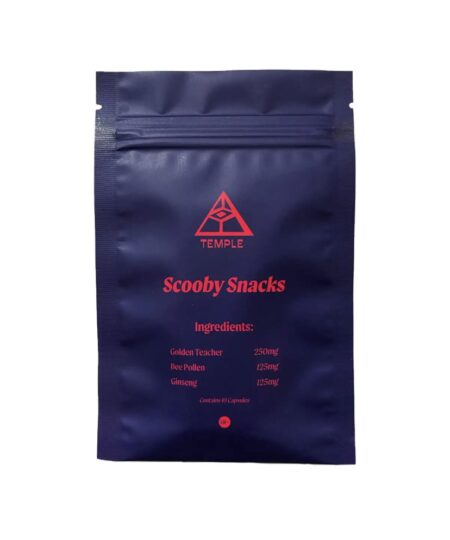


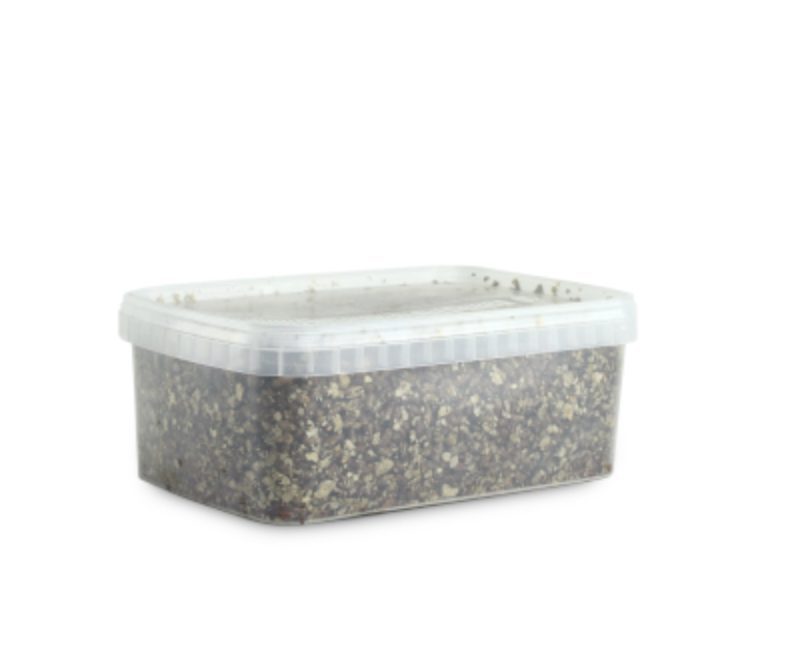
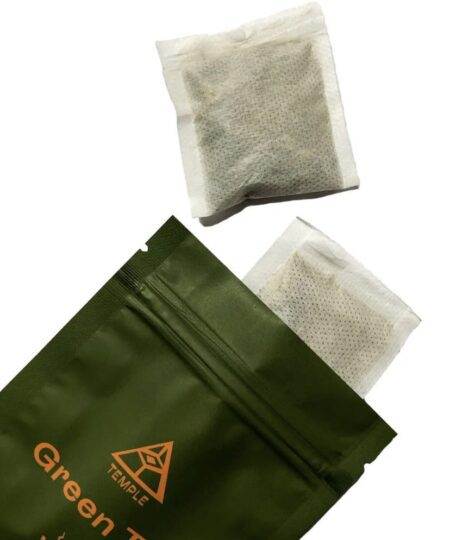
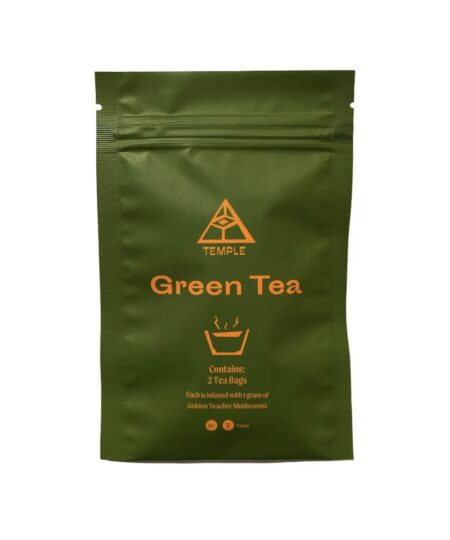
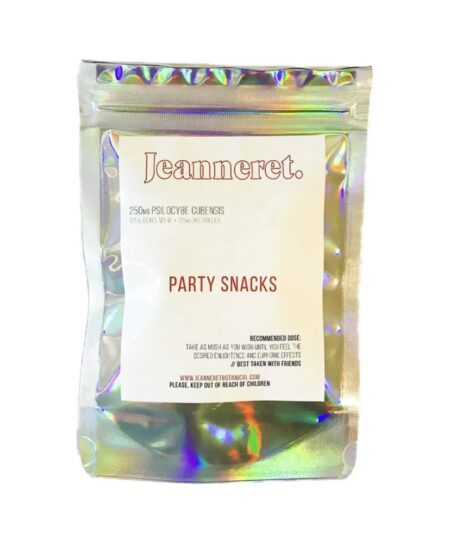

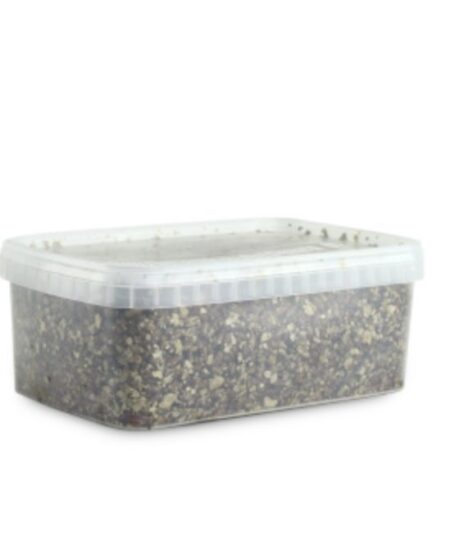
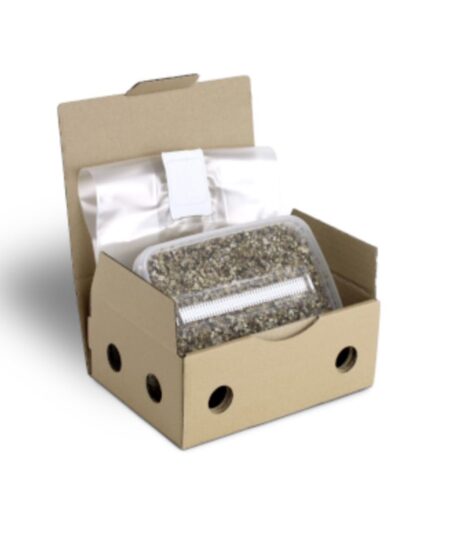
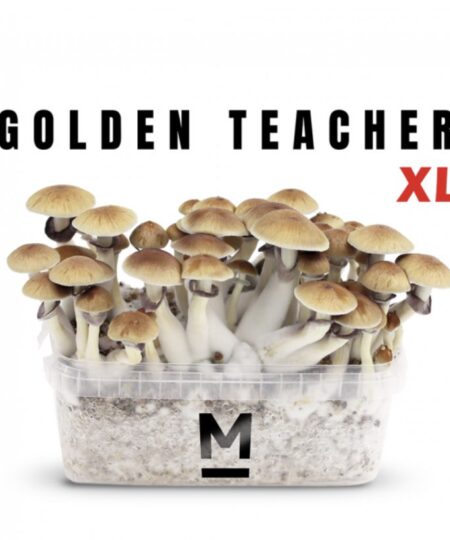
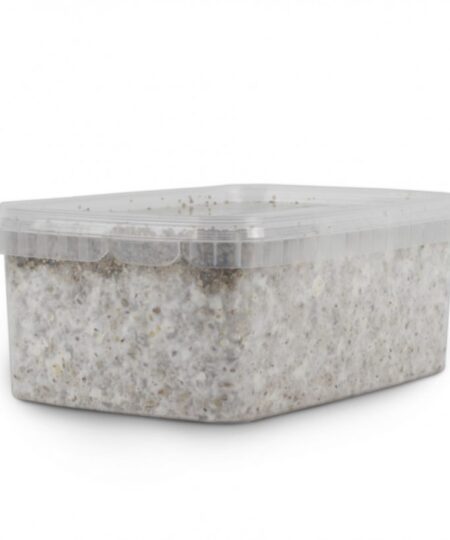

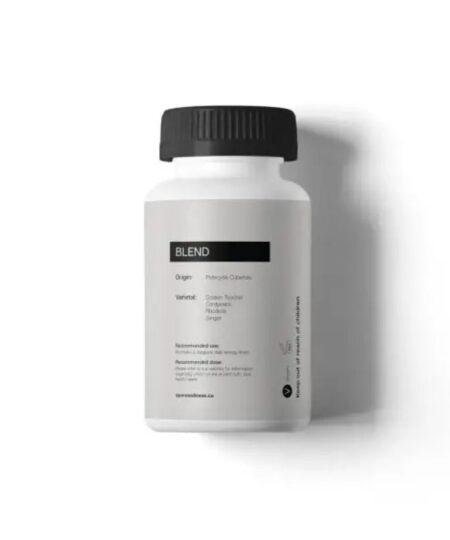


Be the first to review “Temple Scooby Snacks Mushroom”